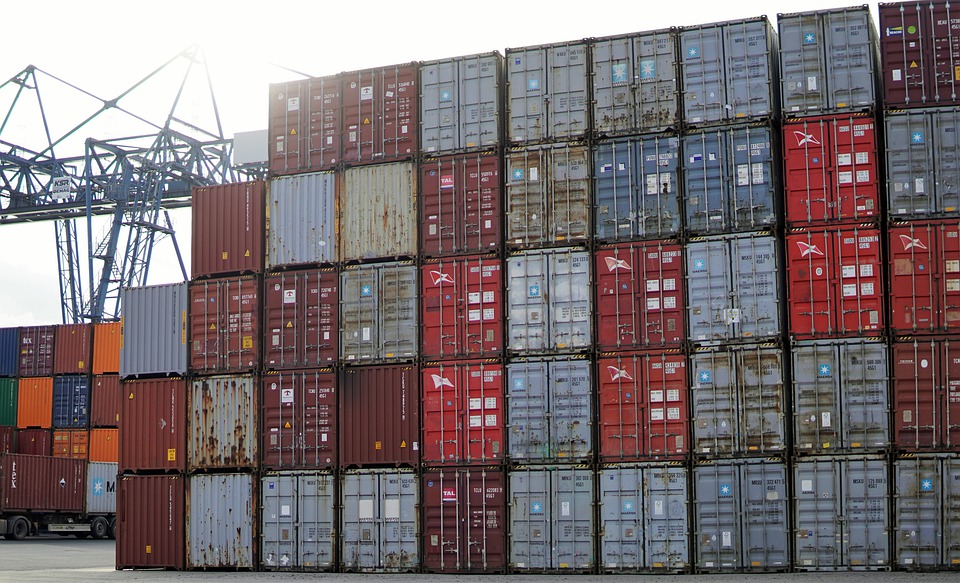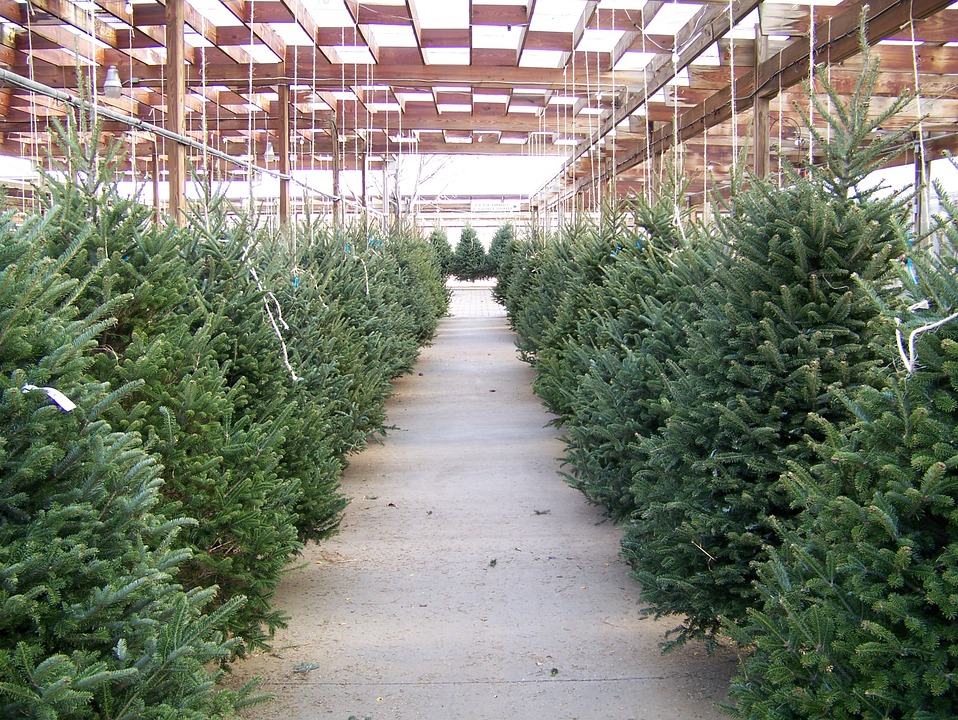The Reasons behind both Real & Artificial Christmas Tree Shortages
This past Christmas season, the production and supply of Christmas trees were affected by supply chain issues and the climate change problem. In 2021, the number of trees available was substantially less than in previous years. The artificial and natural trees markets struggled due to the lack of supply.
Most buyers were aware of the upcoming shortage before Christmas and were encouraged to preorder trees by the vendors well before Christmas eve. In fact, by the Thanksgiving holiday, most tree shops across the country were getting sold out by the end of the day. Consumers picked up trees of any shape and size that they could get their hands on.

The year 2021 saw a general increase in consumers buying products for the home, as most people spent more time indoors due to the pandemic. Since a massive chunk of the population was fully vaccinated by the end of the year, social gatherings around Thanksgiving and Christmas increased as expected. Subsequently, the demand for Christmas trees and gift items was significantly high in the last quarter of the year.
According to Dickson Data, GxP or manufacturing good practices generally point towards manufacturing, controlling, distributing, and storing manufactured goods according to a set standard of guidelines and compliance norms. Due to factors like the pandemic, supply chain issues, manufacturing issues, and climate change, even Christmas trees were affected by GxP manufacturing issues.
Let’s look at some of these issues and understand the root cause of the problem.
Supply Chain and Manufacturing Issues
The artificial Christmas tree market is pretty big. The supply chain issues in this market were mainly because most of these artificial trees are imported from Asia. Due to the pandemic and various other factors, the US witnessed a lot of delays in receiving shipments from foreign countries. Artificial Christmas trees also suffered from the same issues as other products dealing with these delivery issues. Due to the rising consumer demand, overseas manufacturing delays, and labor shortage in the manufacturing sector, supply chain disturbances were caused.
The pandemic gave rise to trade issues like high freight costs for shipping. Due to the increased freight costs of goods, consumers are seeing inflated prices while purchasing their favorite products. Now that the world is trying to recover from these import, manufacturing, and supply chain issues, the logistics industry is highly stressed while problem-solving.

For example, it is a known fact that China is a country where the US gets most of its imported goods from, but shipping container costs while importing from China to the US went up almost ten times this past year for specific products. Vendors didn’t have any option but to pay those costs in desperation to meet demands, and this gave rise to a lot of logistical problems, including the inflation of prices for the end consumer. For the product industry and companies manufacturing and shipping from overseas, once a few buyers start paying more for shipping, it raises the cost for the entire industry. This rise in shipping cost caused companies a lot of losses, and unfortunately, some of them had to close doors for good.
The CEO of the National Tree Company, one of the biggest importers of holiday decor and artificial Christmas trees, claimed that in 2021, there was an increase of about 25% in the price of Christmas trees and other holiday products.
Climate Change and Supply Issues
We are all aware of the impact of climate change on the environment. The number of natural disasters worldwide has gone up. Many countries around the globe have seen some extreme changes and withered some challenging conditions.
In terms of natural Christmas trees, most of them in America are farmed and grown in states like Washington and Oregon. Unfortunately, these states have suffered a lot due to extreme weather conditions. Wildfires have been common in these areas burning through fields of trees, including Christmas trees.
Agriculture, on the whole, has been suffering due to climate change. Apart from wildfires, changing weather conditions have also created trouble for some farmers and tree growers as the trees and plants they grow have had fungus growth, making the trees unusable.
This last Christmas, tree buyers were not spoiled for choice at all. The climate-related issues have affected the quality of Christmas trees grown and sold. Most buyers purchasing trees towards the end of the year had to pick up whatever they found in the markets, irrespective of size, color, or quality.

Overall, as mentioned above, there are a series of factors that have caused issues in the production and supply of real Christmas trees and the manufacturing and supply of artificial Christmas trees. Hopefully, next Christmas season will be a better one in terms of tree supply. As consumers, we can do better for the environment by buying real trees and reusing them until they can be. Once overgrown, the old tree can be planted outside, and you can buy a new tree. If you are into artificial Christmas trees, cleaning and reusing those for as many years as possible is ideal. You can play with the decor and make it look different every year.
The artificial Christmas tree market in the US has a lot of problems to solve to prepare better for Christmas in 2022. When it comes to artificial trees, most come to the US from China. Apart from all of the manufacturing and supply chain struggles mentioned in this article, China also suffered a series of power cuts this past year, halting their manufacturing facilities and hampering production.
If you need a new tree, ordering in advance is probably best for next Christmas if you didn’t do it this time. Before you decide on which tree to buy next year, weigh the pros and cons of having an artificial or real Christmas tree.
On a positive note, Christmas this past year was celebrated by the entire country as most people were vaccinated.
Hopefully, the GxP manufacturing issues for companies and climate issues for farmers and tree growers can be resolved in years to come so they can enjoy a stress-free Christmas, meeting consumer demands without much of a hassle.


Leave a Reply